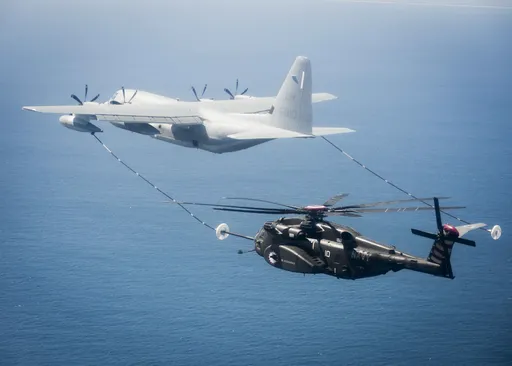Since the end of World War II, the US dollar has served as the primary reserve currency globally, leaving little room for other currencies to grow as an alternative monetary system.
Currently, central banks hold about 60 percent of their foreign exchange reserves in American dollars. And about half of international trade, loans and global debt securities are invoiced in US dollars. In foreign exchange markets, where currencies are traded, the dollar is involved in nearly 90 percent of all transactions.
In 2014, however, the currency began to lose reserve status as Russia and China joined hands to de-dollarise its business dealings. The move was made in response to the imposition of Western sanctions following Moscow's annexation of Crimea, which restricted the ability of state-owned businesses and banks to raise capital in Western markets.
Countries to ditch the dollar
In the last two decades, the US dollar has lost over 12 percentage points of market share, from 71 percent to 59 percent in 2022.
Moscow has rapidly intensified its usage of the yuan via two main channels: raising the yuan's percentage in Russia's reserves and switching to direct ruble-yuan commerce rather than utilising the dollar as an intermediary
The Russian Finance Ministry raised the authorised percentage of yuan reserves in the National Wealth Fund to 60 percent at the end of the previous year.
The Brazilian government also announced on Wednesday that China and Brazil have agreed to trade directly in their own national currencies, forgoing the use of the US dollar as an intermediary.
The agreement will enable China, the top rival to US economic hegemony, and Brazil, the largest economy in Latin America, to conduct their extensive trade and financial transactions directly, exchanging yuan for reais, which is the Brazilian real, and vice versa instead of going through the US dollar.
China and India, two of the largest economies in Asia, have launched separate programs in an effort to lessen the US dollar's dominance over international trade and enable them to settle transactions in their own currencies.
The Reserve Bank of India (RBI) last week permitted central banks from 18 countries, including Tanzania, Kenya, and Uganda, to open special Vostro Rupee Accounts (SVRAs), which will allow them to settle payments in Indian rupees as part of a significant effort to de-dollarize trade.
Russia has also advocated for the de-dollarization of trade and the use of the Indian rupee. In response to the sanctions the West had placed on Russia for invading Ukraine, the Kremlin likewise began requesting payments be made in the ruble.
READ MORE: The IMF warns of the US dollar losing dominance after sanctions
























